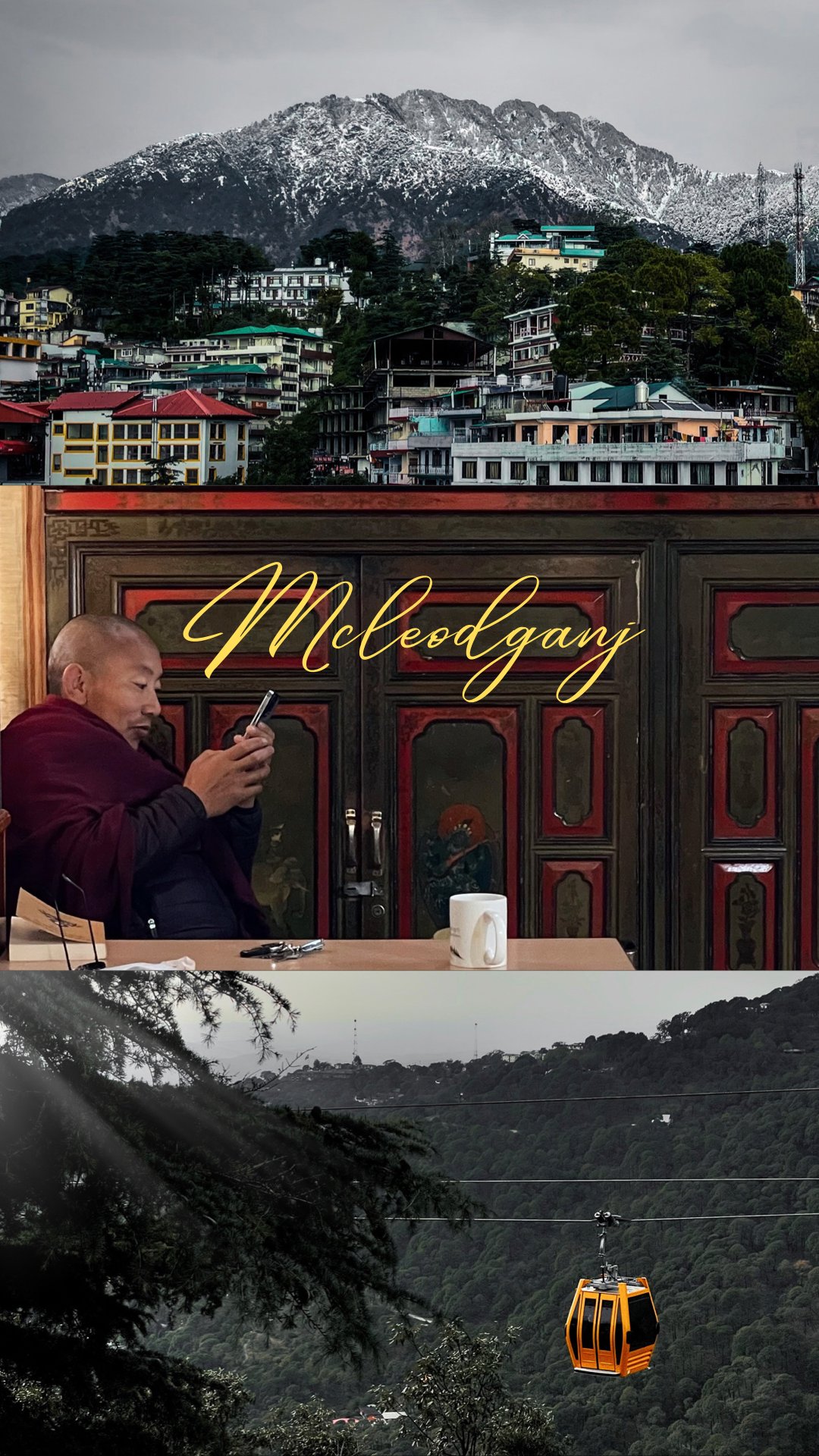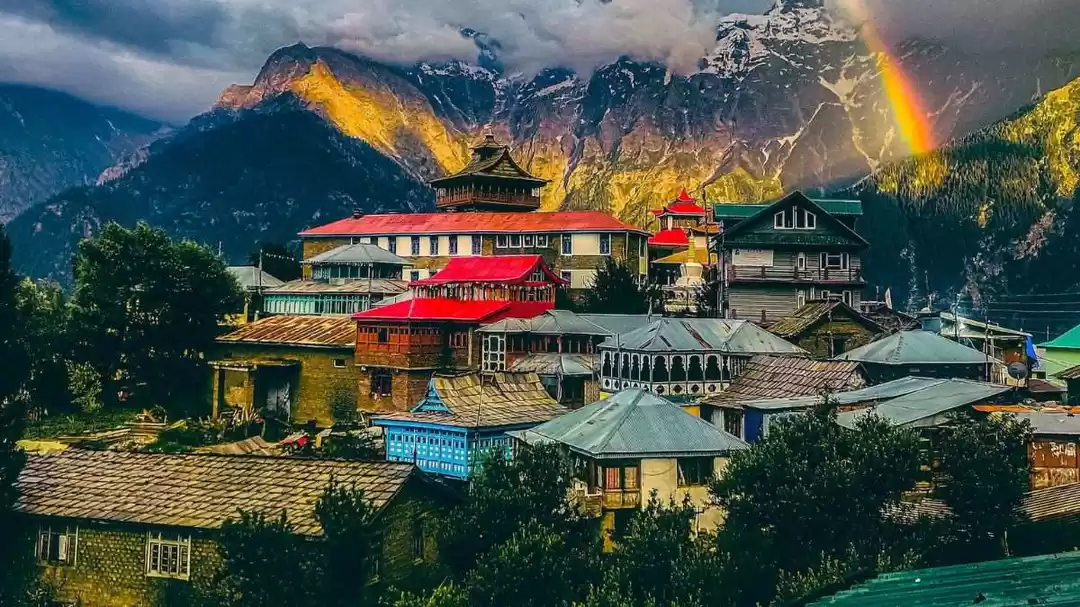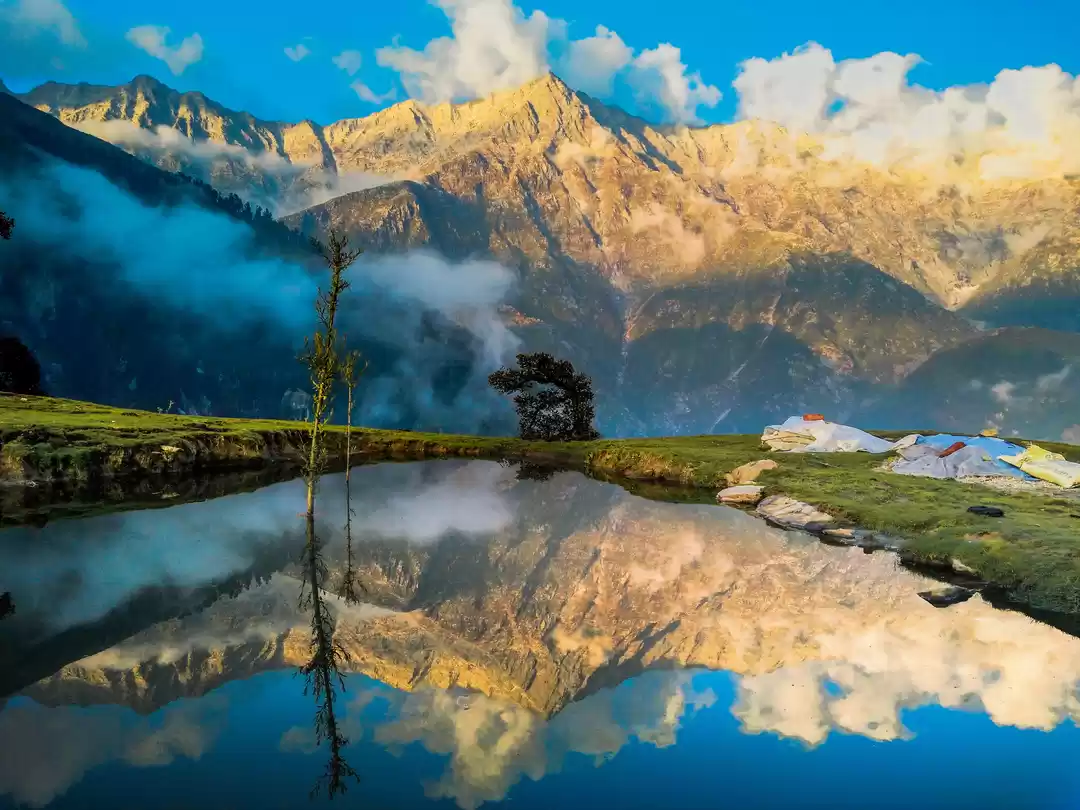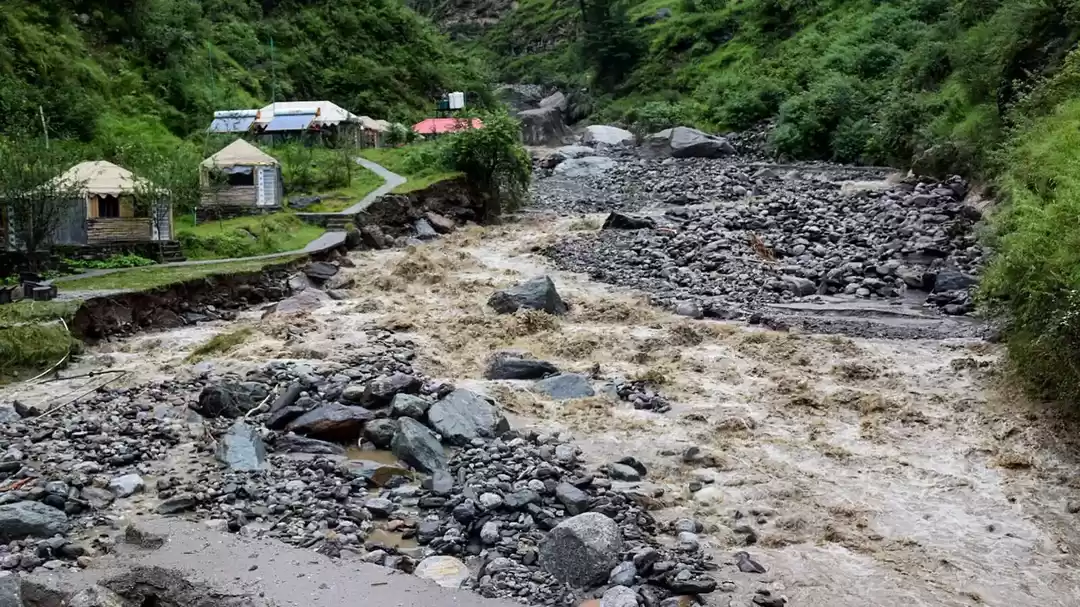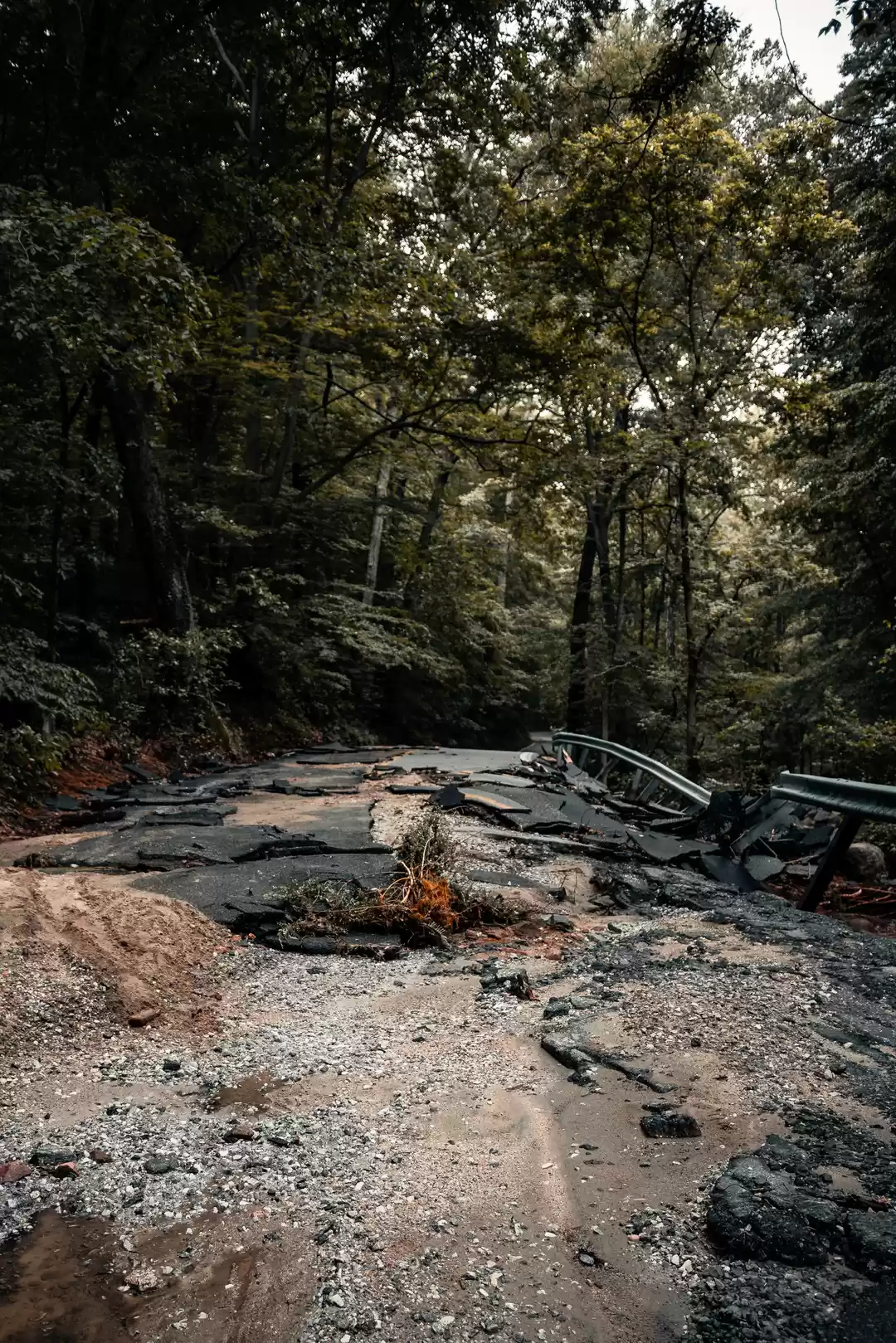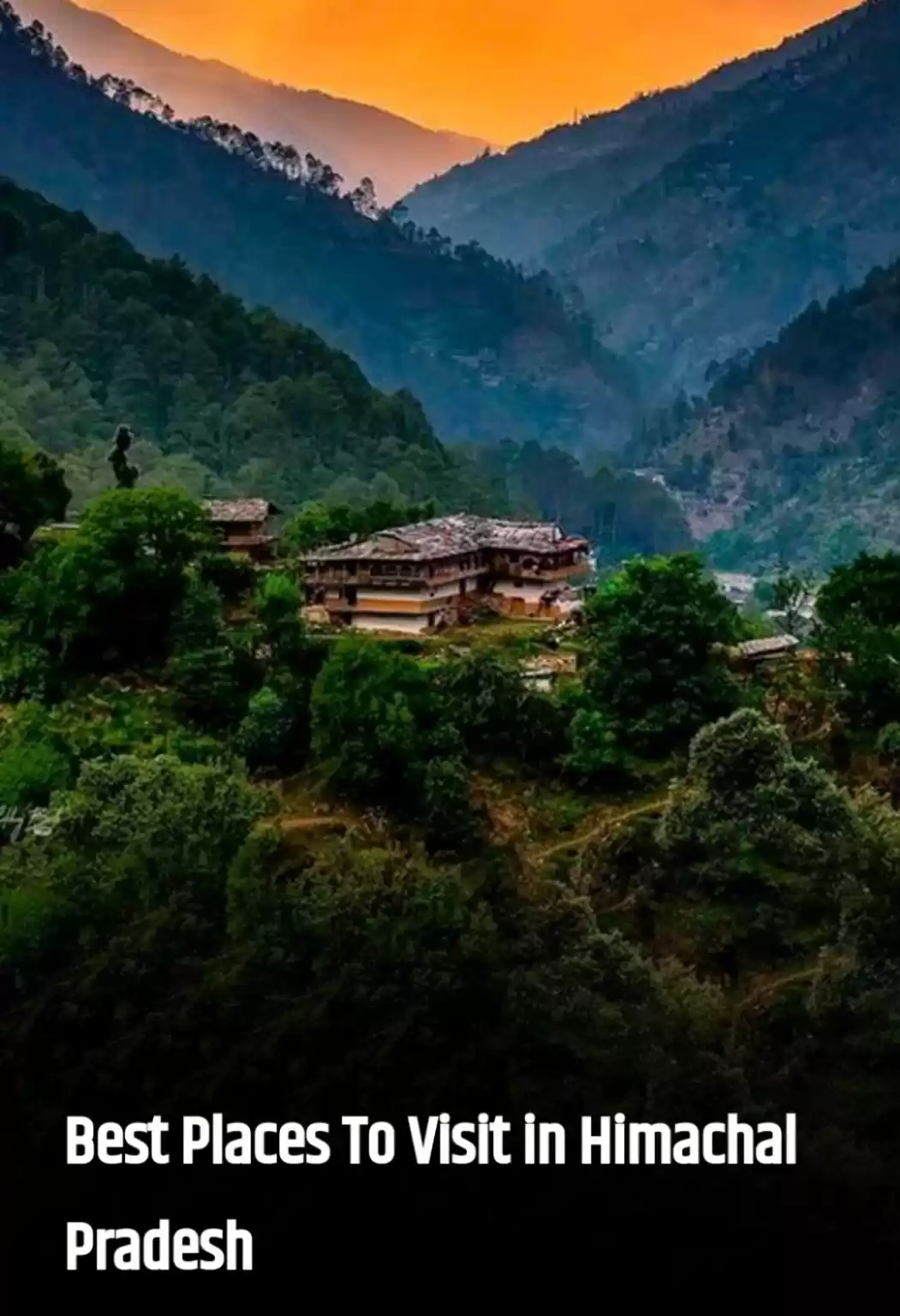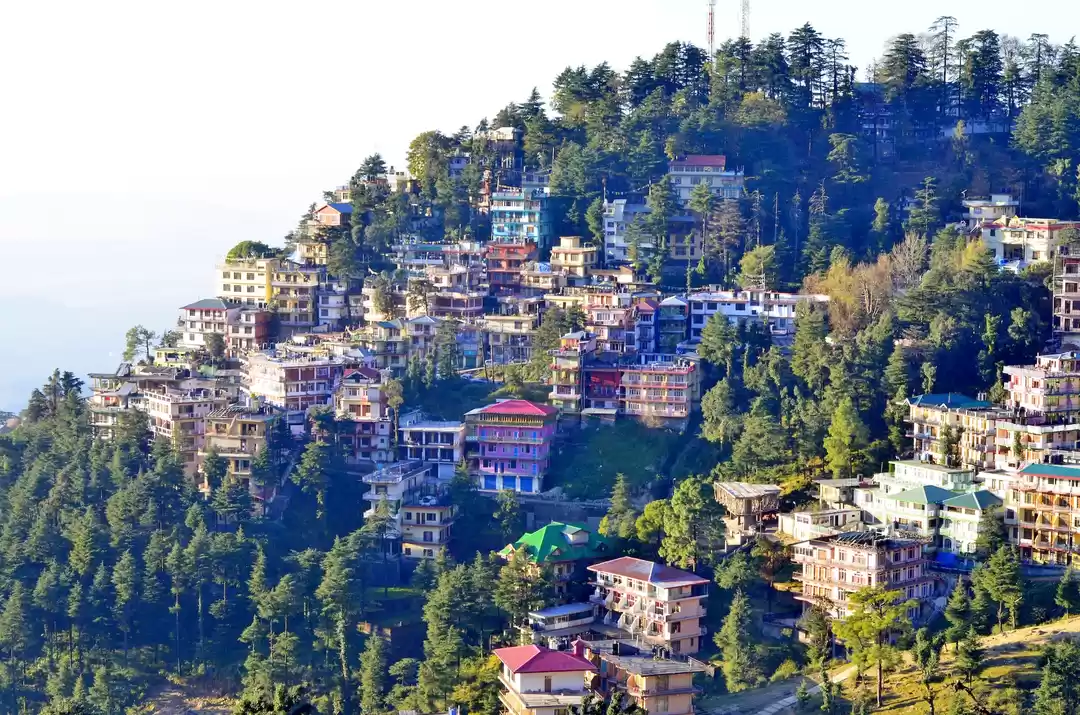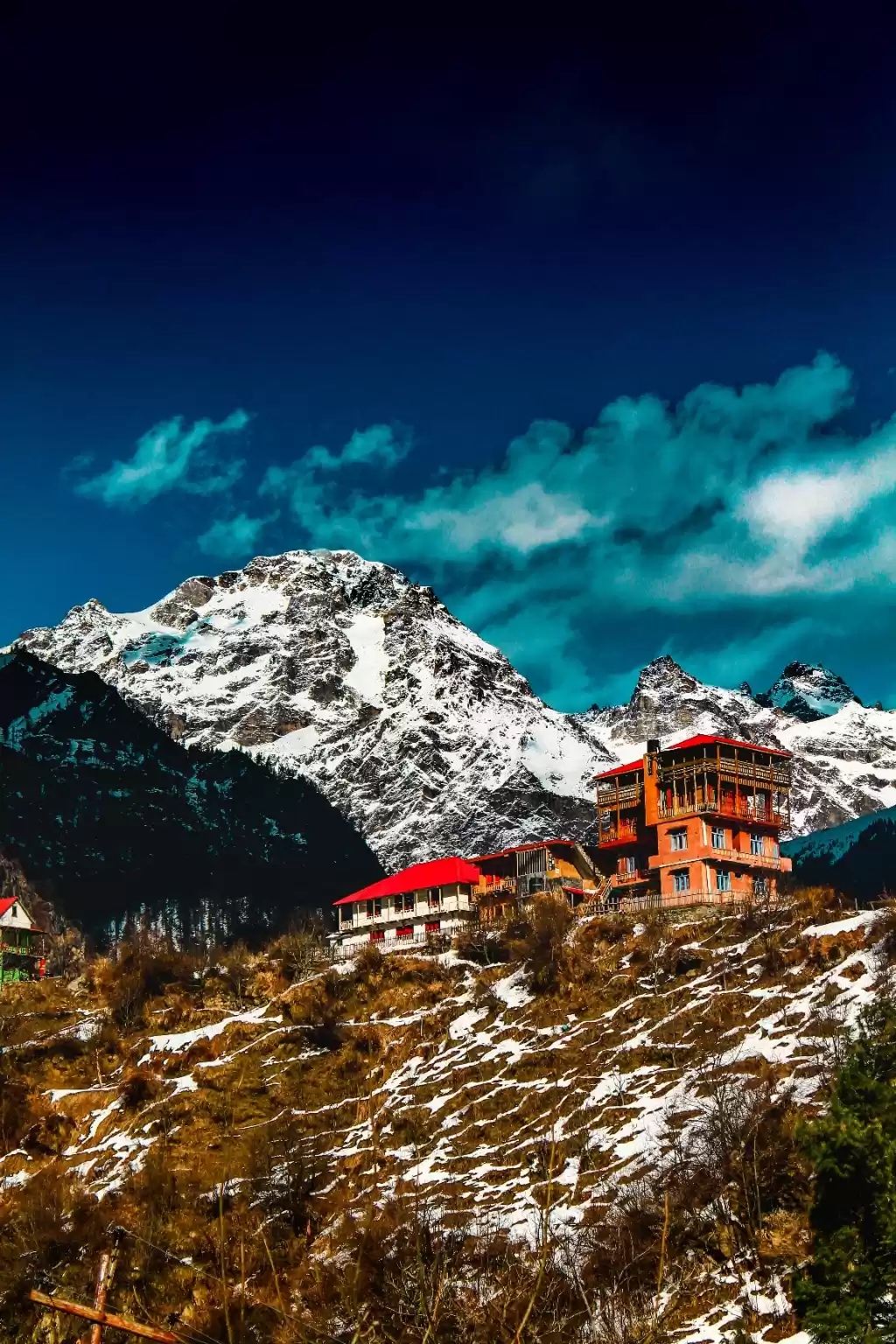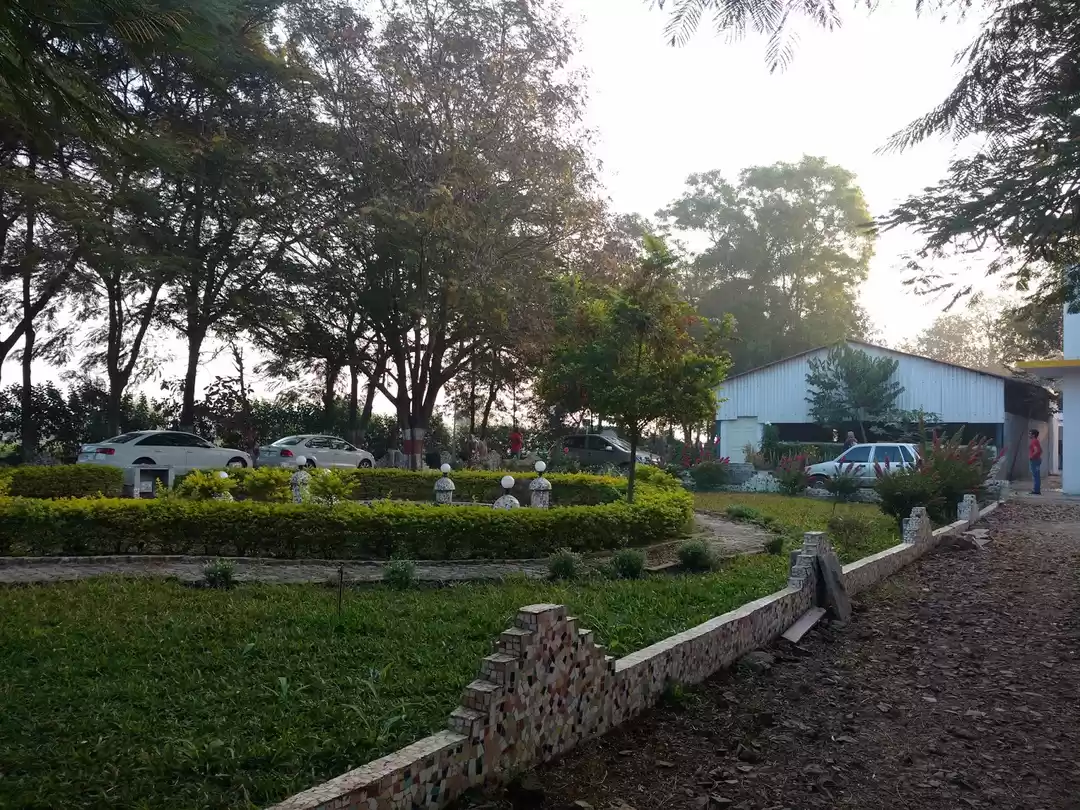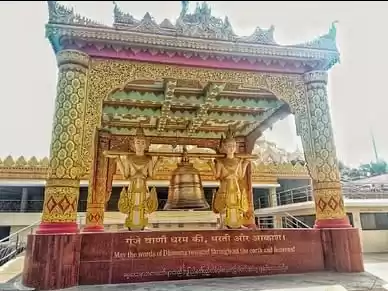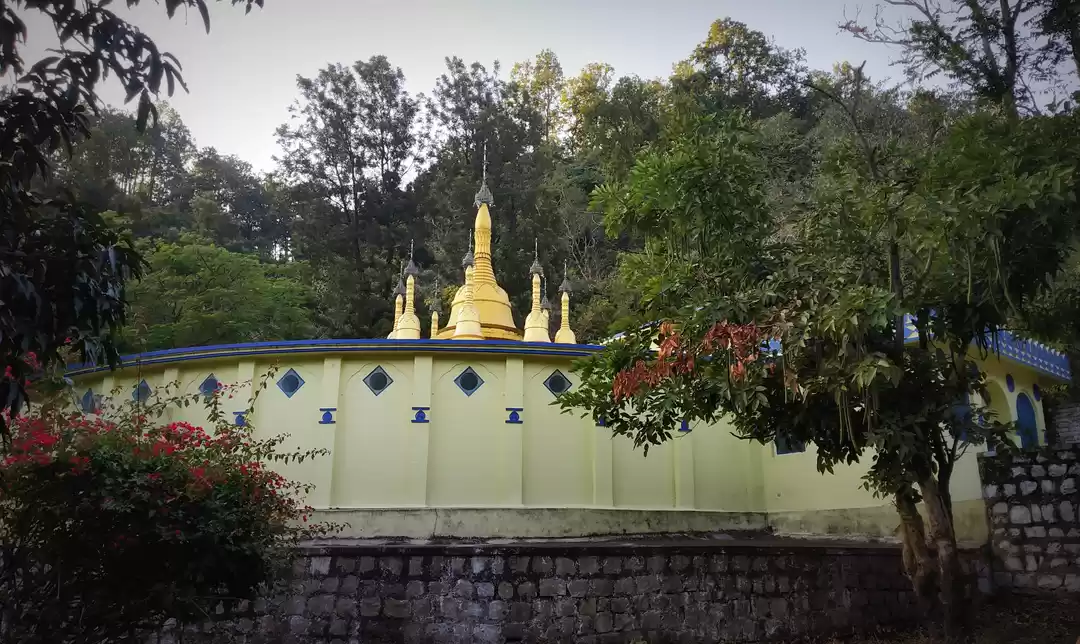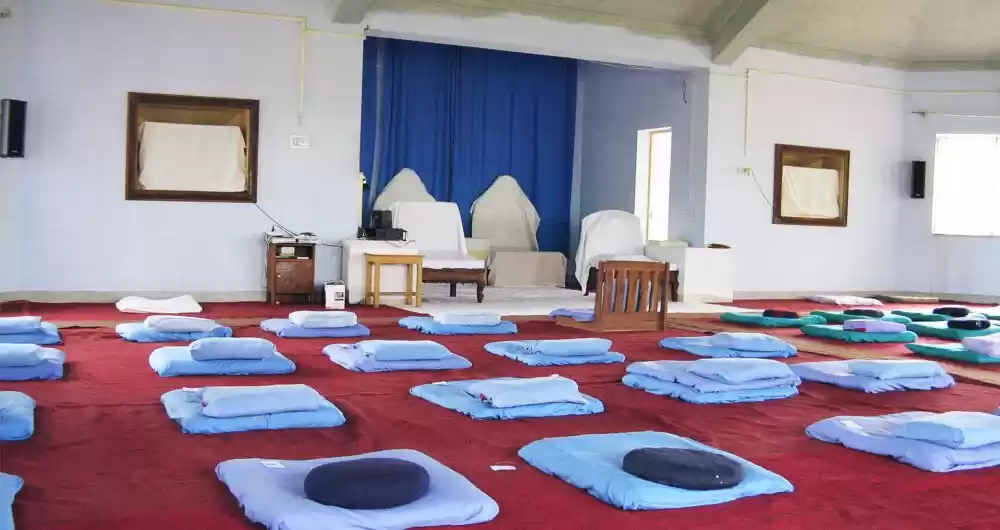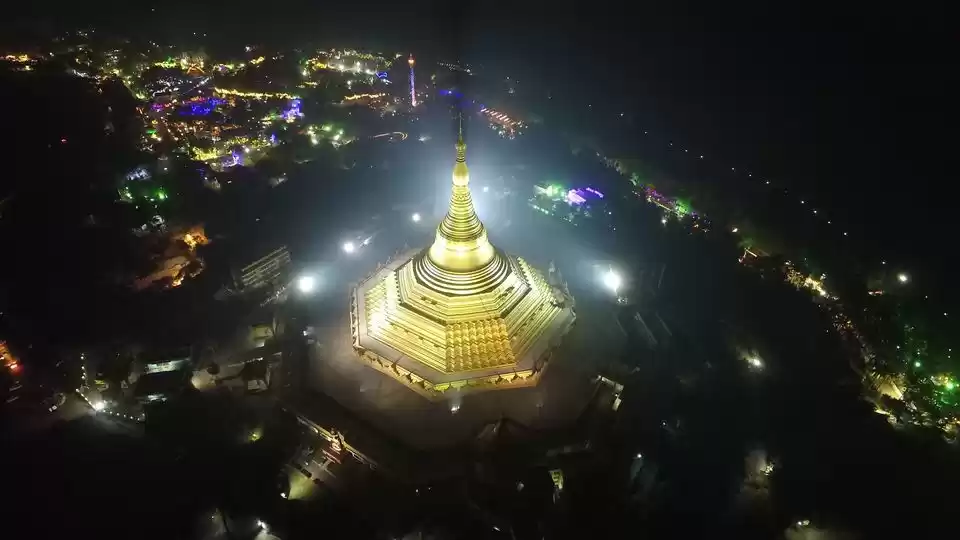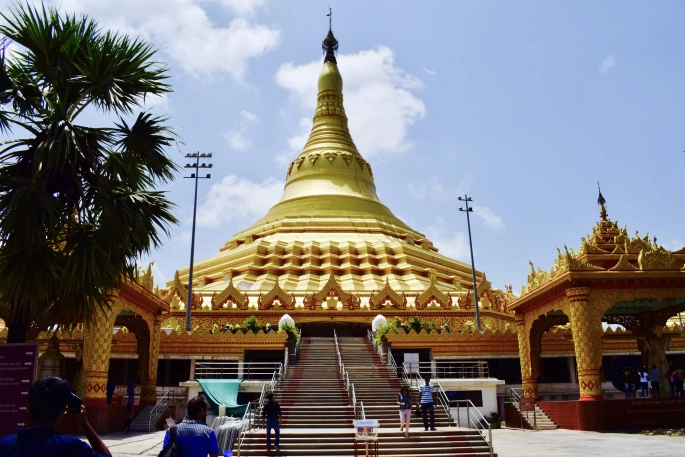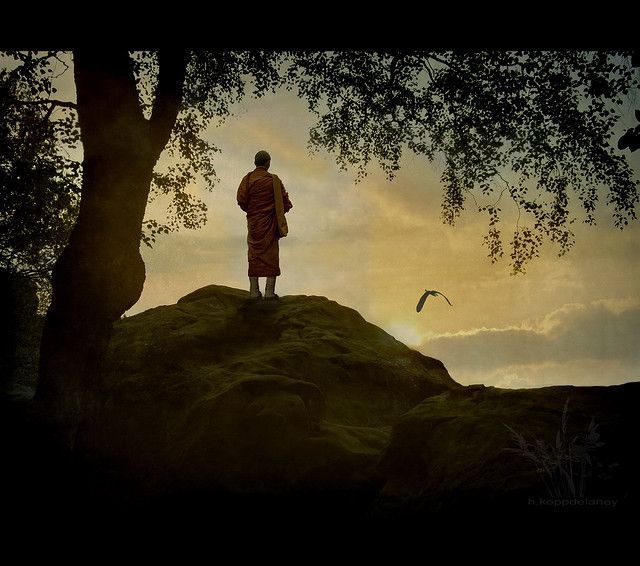
I have never practiced any kind of meditation technique before but after hearing a few experiences from my friends, I decided to go for the 10-day Vipassana Meditation course in Dharamkot, Himachal Pradesh.
Vipassana simply means ‘to see things as they really are’. This old ancient technique was rediscovered by Gautam Buddha and is the essence of what he practiced and taught during his 45-year ministry.
Over time, the technique spread to the neighboring countries of Myanmar (Burma), Sri Lanka, Thailand and others, where it had the same ennobling effect.
This technique enables us to experience peace, harmony and liberation.
The practice was lost for hundreds of years, and eventually was reintroduced on a global scale by a businessman from Burma, Mr. Goenka. He began a 10-day meditation course to learn Vipassana and it is all run on donation.
In these 10 days you spend a journey with yourself. You do not speak or communicate, you eat a simple vegetarian meal once a day, you do not keep your phone or book or diary. You just be and observe.
Vishesh (special) + pashya (to see) = to observe things as they are
There are three main steps for the training. First, to practice abstinence from actions causing harm. So, firstly one needs to undertake five moral precepts: practicing abstention from killing, stealing, lying, sexual misconduct and the use of intoxicants. These five precepts makes your mind calm down. Second, for the first 3 and a half days, students practice Anapana medication, ie, focusing all your attention on your breath (which we always forget to in our normal routine). This helps the mind to concentrate fully.
The first two steps are helpful in developing control on the mind but are incomplete without the third step: purifying the mind from all underlying negativity.
The third step is the practice of Vipassana, which is undertaken for the next 6 and a half days, wherein you observe your body’s sensations and not react.
It was tough to sit for hours and hours in one position and concentrate on my breath but slowly it happened itself.
The breath is considered the vehicle to understand the functions of the body. By focussing attention to only our breath, all the organs in the body become active. There came a time when I was able to control my mind and it felt so liberating.
After focusing the mind through my breath, awareness is then shifted to sensations.
As humans we crave to pleasurable sensations and aversion to painful senstations. Through this practice, we have to witness both of them and simply observe.
Be it a painful sensation or a pleasurable one, we learn through our body that it eventually passes away just like everything does in our day to day life.
Everything is impermanent, especially the body. The body is continually dying and renewing itself on a cellular level, just like outside nature. When we understand impermanence within ourselves, we let go of our strong attachments to the things and people around us and eventually to the strongest attachment of all: life itself.
This is how our time table used to be:
4 am – Morning Bell
4:30 am to 6:30 am – Meditation in Hall
6:30 am to 8:00 am – Breakfast and Break
8:00 am to 11:00 am – Meditation in Hall
11 am to 1 pm – Lunch and Break
12 pm to 12:30 pm – You can clear your doubts with the teacher
1 pm to 5 pm – Meditation in Hall
5 pm to 6 pm – Tea break and light dinner
6 pm to 7 pm – Meditation in Hall
7 pm to 8:30 pm – Discourse
8:30 pm to 9:00 pm – Final meditation session
9:00 pm – Go to your rooms and rest
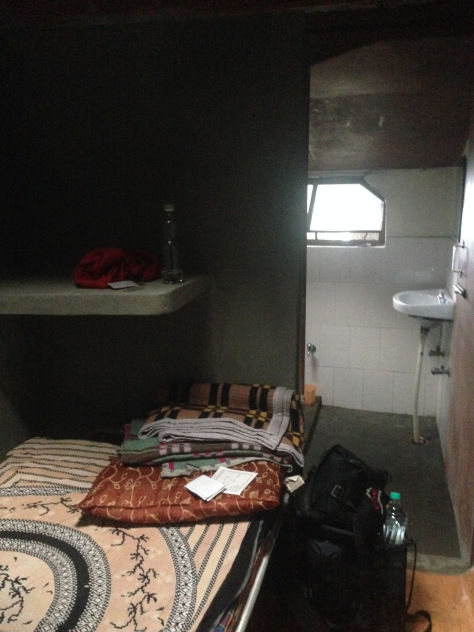
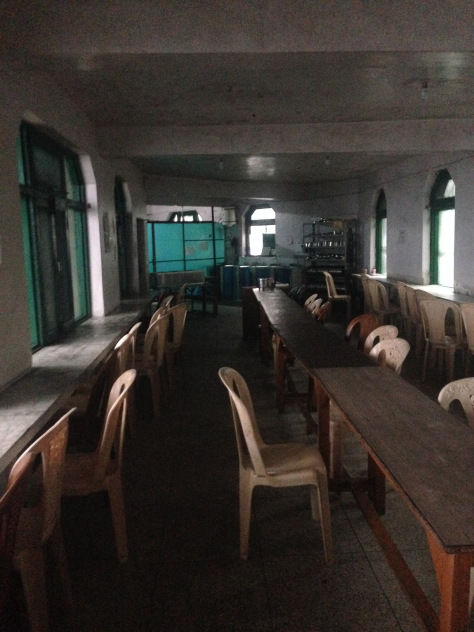
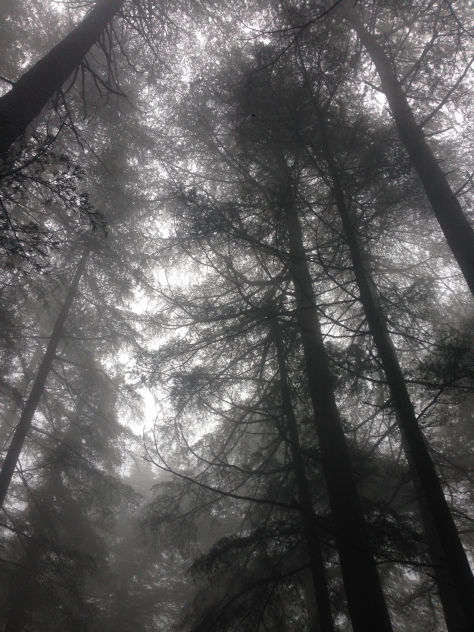
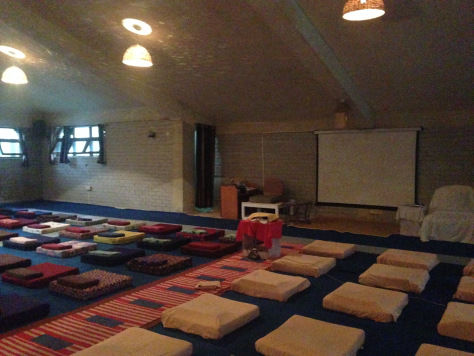
Our day used to begin at sharp 4am by the sevaks (volunteers) politely waking us all up by a bell from 3 45am. Everyone used to gather at the Dhamma hall for meditation. You are also given the option to meditate in your rooms but I preferred the hall as the energies were different. At 6am we used to gather at the mess for breakfast. Simple delicious north Indian breakfast was served. Then again from 8am to 11am we used to meditate. The only full meal was at 11 in the noon (lunch). It is said that a quarter of our stomach should be empty for meditation. After that an hour break was given to either take a break and sleep, or bathe or take a walk in the forest (the location is gorgeous with misty clouds and mountains all over). With around 8-10 hours of meditation everyday, the day used to end at 9pm after an hour’s video session of Mr. Goenka talking about the advantages of everyday’s meditation.
These 10-days were the most physically, mentally and emotionally challenging days of my life. The meditational techniques were daily explained by the assistant teachers addressing our concerns, hesitations and questions.
With each passing day, I became more and more comfortable with the silence. The journey inside is yours alone. Initially I was intimated by this code of discipline but later realised the importance of it.
There were times that I wanted to cry, talk, and quit – but that would just be giving into more cravings and aversions and so I observed these feelings and let it go.
Sitting for so many hours used to become unbearable but as you persist, your tolerance grows. As you start observing the pain and understanding that is is not permanent, the pain gives in. Even if it’s still there, it stops hurting you.
A trained mind can be our most powerful ally. It keeps wandering and you tell it to focus on a subtle thing like breathing, it is fun to do that.
Complete silence is observed for the first nine days. On the tenth day, students resume speaking, making the transition back to a more extroverted way of life. The course concludes on the morning of the eleventh day. The retreat closes with the practice of metta-bhavana (loving-kindness or good will towards all), a meditation technique in which the purity developed during the course is shared with all beings.
Vipassana helps expand our conscious mind and reduce the impact of spontaneous, rebellious subconscious mind.
It is really tough to summarise Vipassana but here are a few emotions that I encountered: desire, calm, terror, happiness, anger, boredom, rebellion, desperation. While meditating, a lot of memories from the past played in front of my eyes. Some were painful and some were happy. I also tried to wrestle with my physical desires – cheese, pancakes, cigarettes, pizza and a lot more.
We lived amongst the monkeys, who were incredibly vicious and naughty. We were warned to not provoke them or stare in their eyes. Occasionally the monkeys would prowl in packs or swinging from tree to tree, crashing onto the tin roofs of our accommodation with tremendous noise. With little else to focus on, they provided welcome diversion. Another excitement included the discovery of two scorpions in one of the girls’ rooms and very large spiders suddenly swooping down on webs in the bathrooms.
Vipassana courses are held regularly at permanent centers and rented sites in different parts of the world. Apart from the 10-day course, long courses of 20, 30, 45 and 60 days are also offered for advanced students.
All these courses are run solely on charity. They are financed by donations from students who have completed their course. The teachers and the assistant teachers also do not get remuneration.
These 10-days were surely life changing for me. I started seeing the world in a whole new aspect. I became a calmer and a happier person. I want to spread love to all without expecting anything in return. Inside the center for 10 days, I had no thought inside my head, yes, that was the most liberating feeling I’ve ever experienced. I suddenly knew what ‘freedom’ means and it was magical!
I won’t think twice going next year as well because when your attention moves into the NOW, there is an alertness. It is as you were waking up from a dream, the dream of thought, the dream of past and future. Such clarity, such simplicity.













